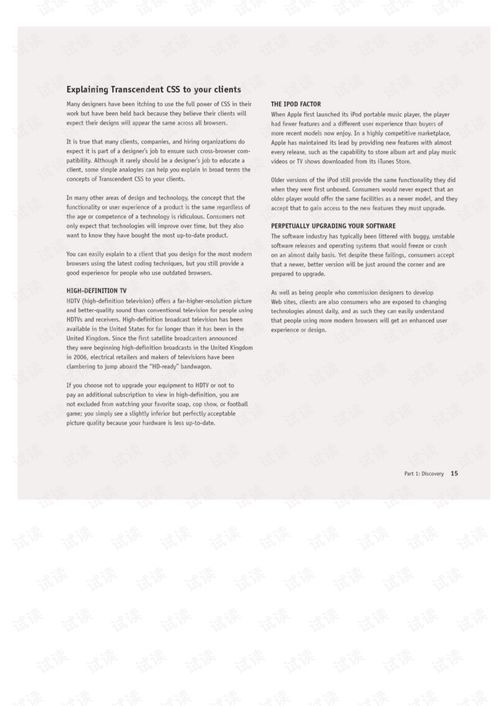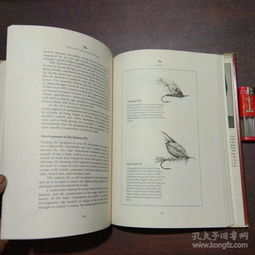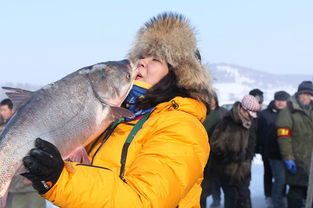Introduction
For many, the allure of fishing lies in the simplicity and tranquility it offers. Whether you're seeking a peaceful day out or aiming to catch the biggest fish of your life, knowing how to fish effectively is key. This article delves into the essential tips and techniques for beginners looking to master the art of catching fish, specifically focusing on how to successfully bring in小鱼儿 (Xiao Yao, or small fish).
Choosing the Right Equipment
Before you can start fishing, you'll need the right gear. Here's what you should consider:
1 Rod and Reel
- Rod: Choose a rod that matches the type of fish you're targeting. For small fish, a lightweight spinning rod is usually sufficient.
- Reel: A spinning reel is ideal for beginners due to its ease of use and control.
2 Line
- Monofilament: Use a monofilament line with a breaking strength suitable for the size of fish you expect to catch. For small fish, a line with a breaking strength of 4 to 6 pounds is typically adequate.
3 Lures and Baits
- Lures: Small, colorful lures that mimic the movement of natural prey are often effective for catching small fish.
- Baits: Live bait, such as worms or minnows, can also be effective, especially if you're targeting specific species.
Selecting the Right Location
The location you choose can significantly impact your success. Here are some tips:
1 Choose a Calm Spot
Small fish are often found in calm waters, so look for areas with gentle currents or still water.
2 Time of Day
Early morning or late evening are typically the best times to fish, as fish are more active during these periods.
3 Depth
For small fish, you'll usually want to fish at a depth of a few feet. A depth finder can help you determine the best spot.
Techniques for Catching Small Fish

Once you're set up and in the right location, here are some techniques to help you catch小鱼儿:
1 Cast with Precision
Practice your casting technique to ensure you're placing your lure or bait in the desired location. Avoid casting too far or too close to the target area.
2 Be Patient
Small fish can be easily spooked, so it's important to be patient. Wait for a few minutes before reeling in your line if you don't get an immediate bite.
3 Adjust Your Bait Presentation
Experiment with different retrieves, such as a slow and steady motion or a quick twitch, to see what works best for the fish you're targeting.
4 Be Ready to Set the Hook
When you feel a tap or a pull on your line, be ready to set the hook quickly but gently. Overreacting can cause the fish to escape.
Handling and Releasing Fish
It's important to handle fish properly to ensure their survival:
1 Use a Net
Use a landing net to gently lift the fish from the water. This minimizes stress on the fish and helps you maintain control.
2 Handle with Care
Avoid squeezing the fish or keeping it out of the water for extended periods. The sooner you release the fish, the better.
Safety and Etiquette
Always prioritize safety and follow local fishing regulations:
1 Wear a Life Jacket
If you're fishing from a boat, always wear a life jacket, especially if you're a beginner.
2 Be Aware of Your Surroundings
Stay aware of your surroundings, including other anglers, wildlife, and potential hazards.
3 Respect Nature
Follow the principles of catch and release to help maintain healthy fish populations.
Conclusion
Catching small fish can be a rewarding and enjoyable experience for beginners. By choosing the right equipment, selecting the best location, and employing effective techniques, you'll be well on your way to becoming a skilled angler. Remember to always practice safety and respect for nature, and you'll have a memorable fishing experience every time. Happy fishing!












